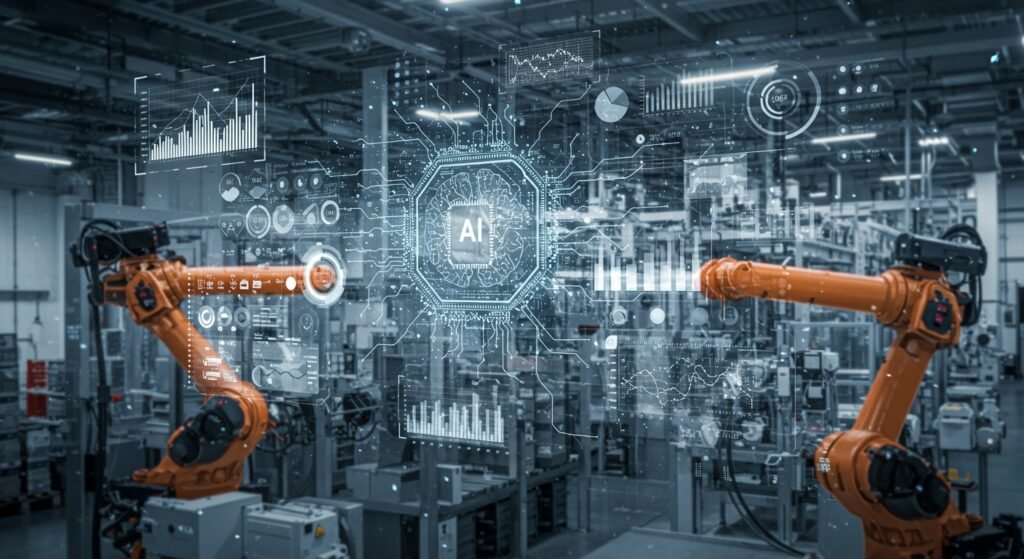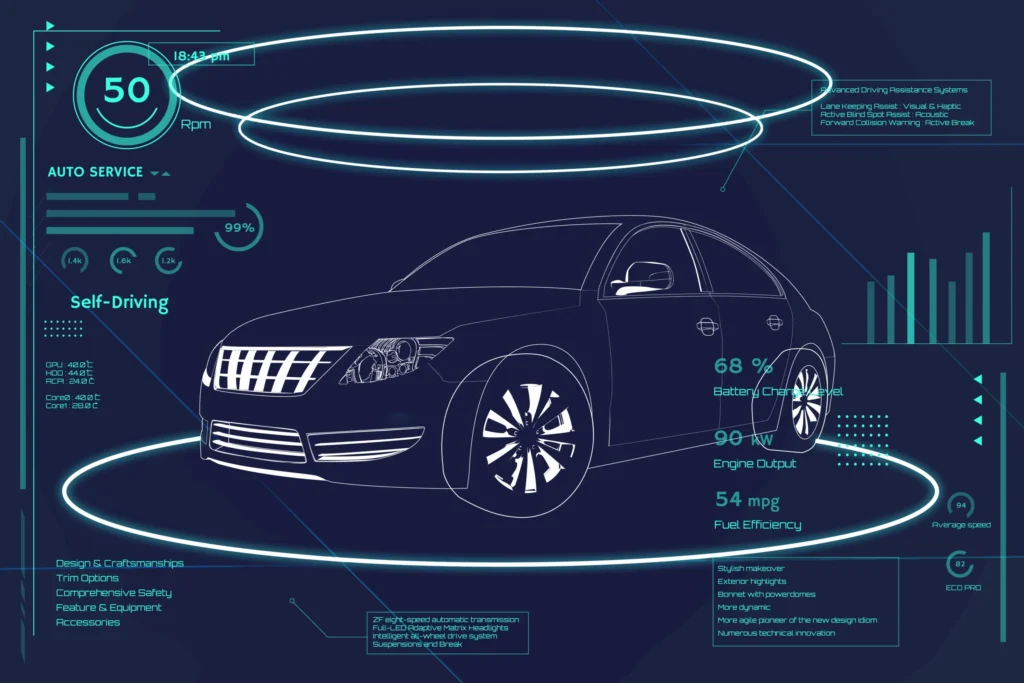In today’s rapidly evolving industrial landscape, the ability to accurately predict future demand is more critical than ever. Traditional forecasting methods, while foundational, often struggle to keep pace with the volatility and complexity of modern markets. This is where AI-Powered Demand Forecasting emerges as a transformative solution, leveraging advanced algorithms and vast datasets to provide unprecedented accuracy and insights. For industrial engineers and supply chain professionals, adopting AI-driven strategies isn’t just an advantage; it’s a necessity for optimizing operations, reducing costs, and maintaining a competitive edge.
Table of Contents
- The Evolution of Demand Forecasting
- How AI Transforms Demand Forecasting
- Key Benefits of AI in Forecasting
- Overcoming Challenges in Implementation
- Real-World Applications and Case Studies
- The Future of AI-Powered Demand Forecasting
The Evolution of Demand Forecasting
Historically, demand forecasting relied heavily on statistical models, historical data analysis, and expert judgment. Methods like moving averages, exponential smoothing, and ARIMA models have served industries for decades. While effective in stable environments with clear seasonal patterns, these approaches often fall short when confronted with sudden market shifts, unforeseen events (like pandemics or economic downturns), or the sheer volume of data available today. The limitations include an inability to process unstructured data, slower adaptation to new trends, and a higher reliance on human intuition, which can be prone to bias.
How AI Transforms Demand Forecasting
Artificial Intelligence brings a paradigm shift to demand forecasting by introducing machine learning (ML) models capable of identifying complex patterns, correlations, and anomalies that human analysts or traditional statistical methods might miss. AI algorithms, including neural networks, random forests, and gradient boosting, can process diverse data types—from sales records and promotional calendars to external factors like weather, social media sentiment, and economic indicators. This comprehensive data integration allows for a more holistic and dynamic understanding of market behavior.
<
Key Benefits of AI in Forecasting
The adoption of AI-Powered Demand Forecasting yields numerous significant benefits for businesses:
- Enhanced Accuracy: AI models continuously learn and adapt, leading to significantly higher forecast accuracy, reducing stockouts and overstocking.
- Improved Efficiency: Automation of data analysis and prediction generation frees up human resources for strategic decision-making.
- Cost Reduction: Optimal inventory levels mean less capital tied up in excess stock and reduced warehousing costs.
- Better Decision-Making: With reliable forecasts, companies can make more informed decisions regarding production schedules, procurement, and labor planning.
- Agility and Responsiveness: AI allows for quicker reactions to market changes, enabling businesses to pivot strategies rapidly.
Overcoming Challenges in Implementation
Implementing AI-Powered Demand Forecasting isn’t without its hurdles. Common challenges include data quality issues, the need for specialized AI/ML talent, and integrating new systems with legacy infrastructure. Addressing these requires a robust data governance strategy, investing in training or hiring skilled professionals, and adopting scalable cloud-based solutions. Companies often start with pilot projects to demonstrate ROI before a full-scale rollout, ensuring a smoother transition.
To further illustrate the advancements, consider this comparison:
| Feature | Traditional Forecasting | AI-Powered Demand Forecasting |
|---|---|---|
| Data Sources | Historical sales, basic seasonality | Big data (sales, weather, social media, economic, competitor) |
| Adaptability | Slow to adapt to new trends | Rapidly adapts to market shifts |
| Accuracy | Good in stable conditions, less in volatile | High, even in complex or volatile environments |
| Automation | Manual data preparation, analysis | Automated data ingestion, model training, prediction |
| Insights | Basic trends, correlations | Deep, granular insights into influencing factors |
Real-World Applications and Case Studies
Industries across the board are leveraging AI for demand forecasting. Retailers use it to predict product popularity, optimize stock, and personalize offers. Manufacturing companies forecast raw material needs and production volumes to streamline operations. Even healthcare providers are using it to predict patient influx and resource requirements. For instance, a major electronics manufacturer used AI to reduce forecasting errors by 20%, leading to a significant reduction in obsolete inventory and improved profit margins. This directly impacts industrial engineering efficiency by providing precise data for production planning.
To explore more about the foundational concepts of predictive modeling, you might find valuable insights on our Understanding Predictive Analytics page.
The Future of AI-Powered Demand Forecasting
The trajectory for AI-Powered Demand Forecasting points towards even greater sophistication and integration. We can expect more granular predictions, real-time adjustments, and the fusion of forecasting with other AI disciplines like prescriptive analytics. The continuous evolution of machine learning algorithms, coupled with the increasing availability of diverse data streams, will make demand prediction an even more precise science. For industrial engineering, this means not just predicting what will happen, but also understanding why, and prescribing optimal actions. The ability to identify emerging trends before they fully materialize will be a game-changer for strategic planning and competitive advantage.
In conclusion, AI-Powered Demand Forecasting is no longer a futuristic concept but a vital tool for businesses aiming to thrive in an unpredictable world. Its ability to harness complex data, provide superior accuracy, and drive operational efficiencies makes it an indispensable asset for any forward-thinking organization. Embracing this technology is key to unlocking new levels of profitability and resilience.


